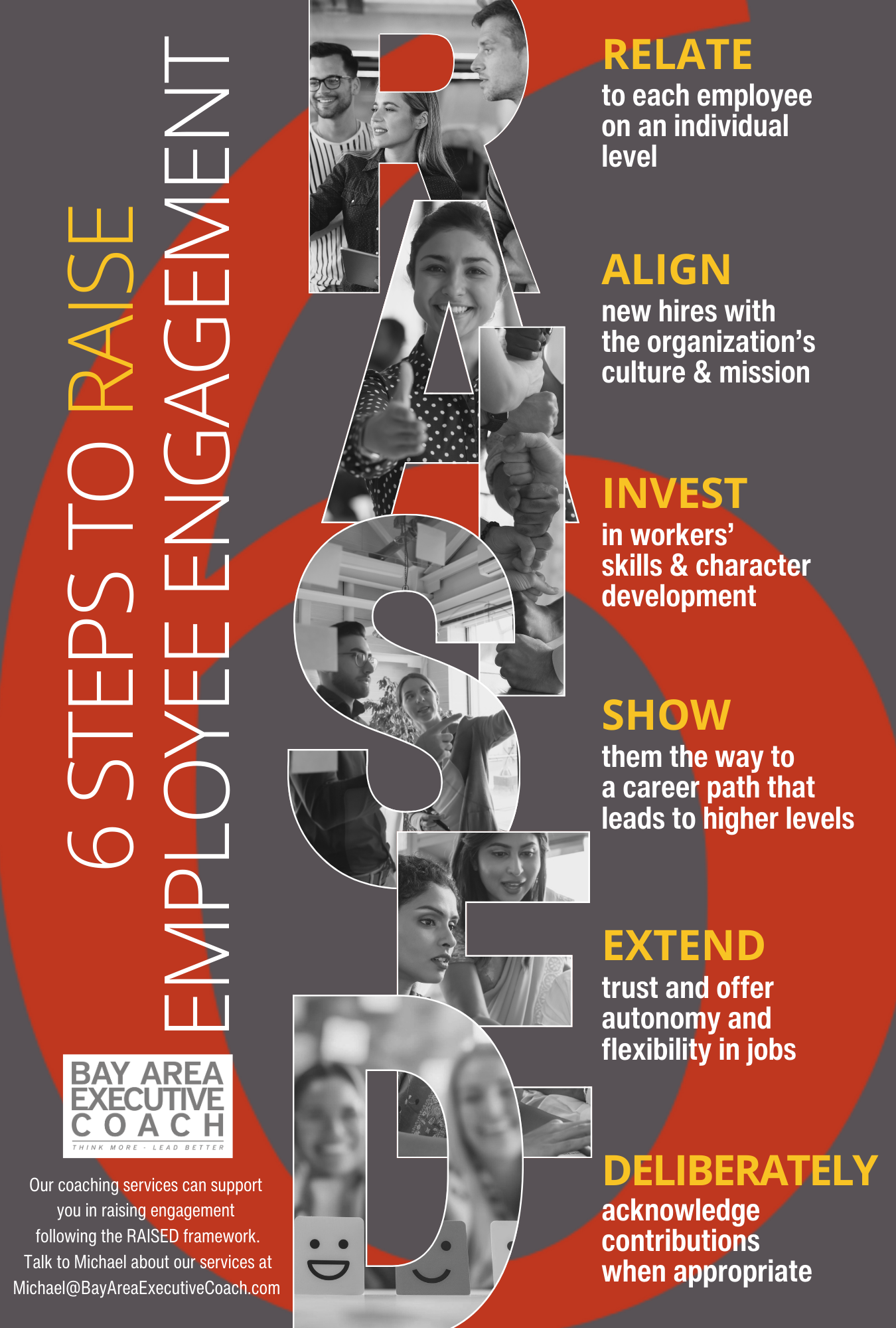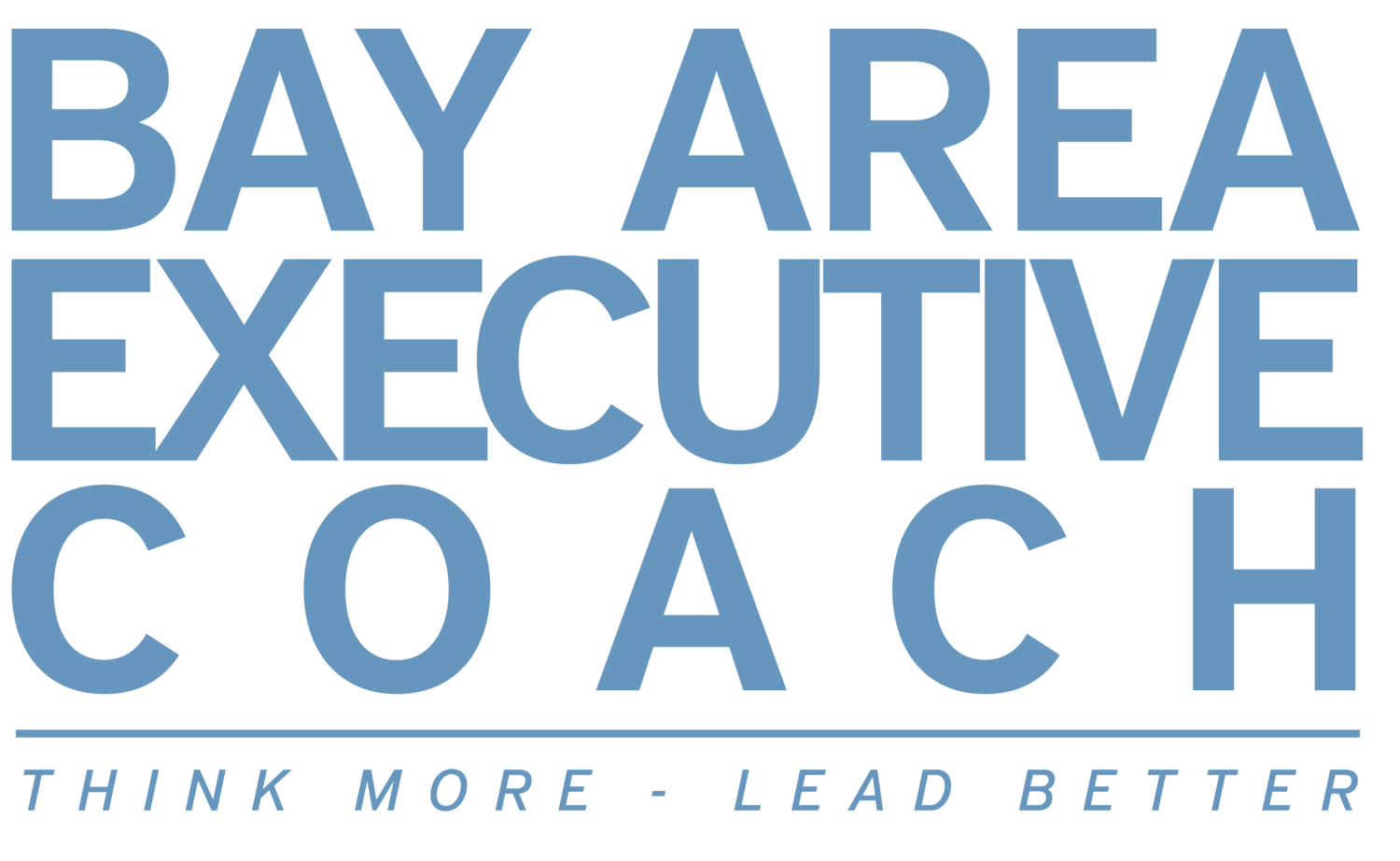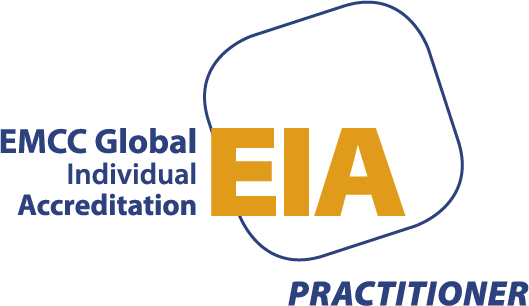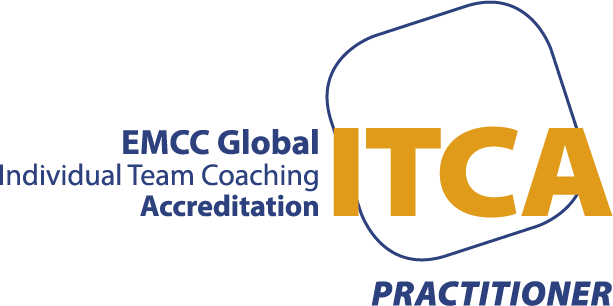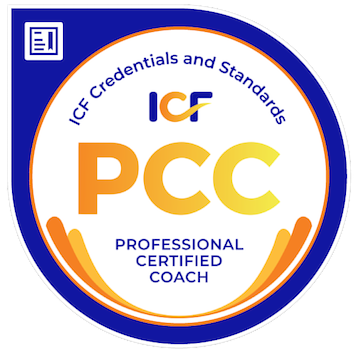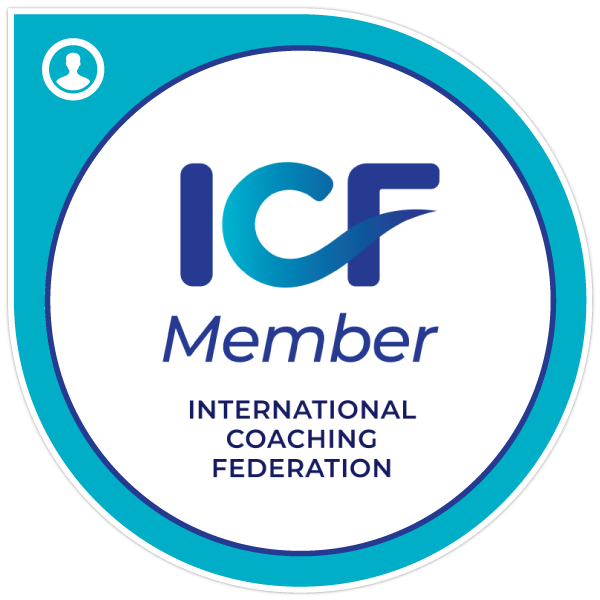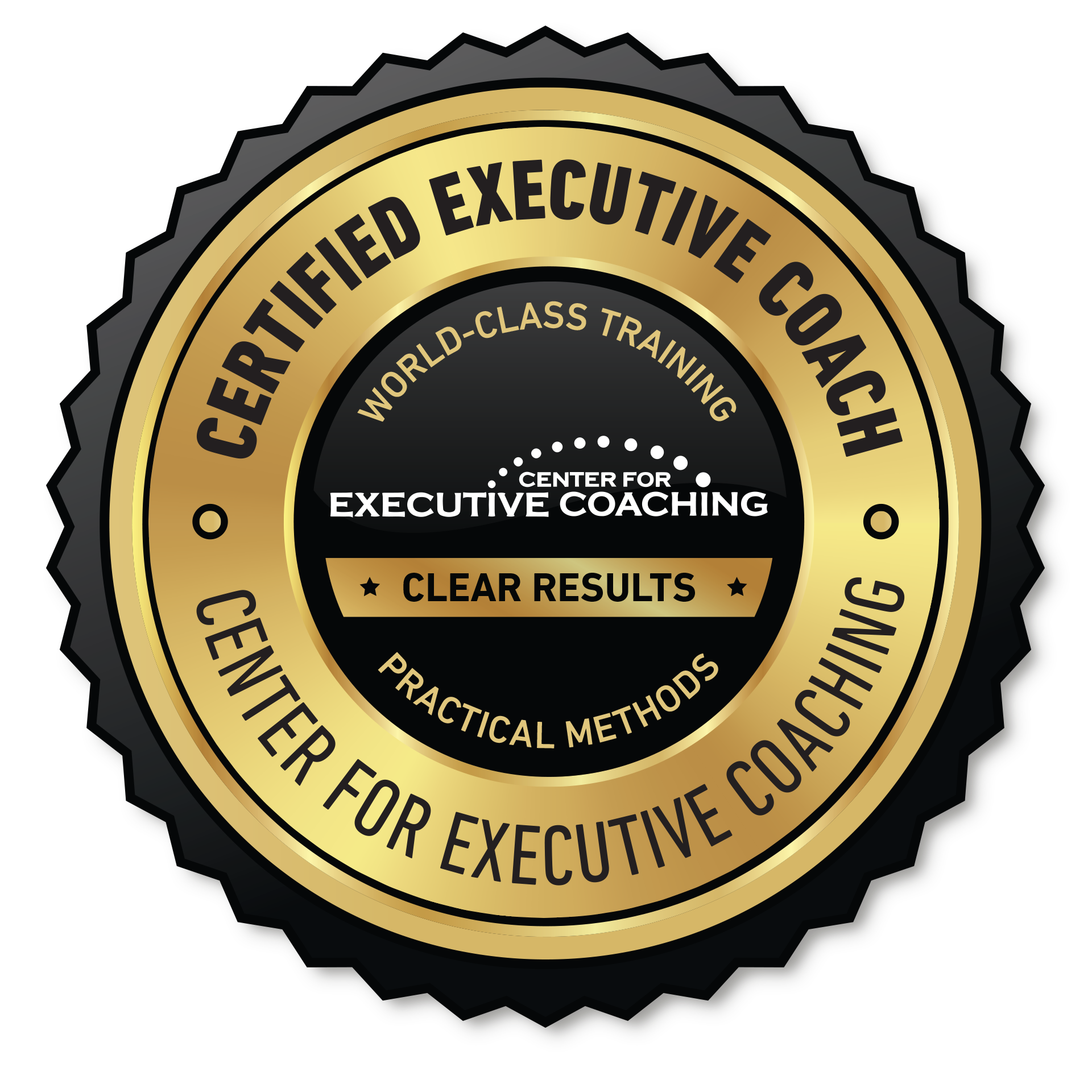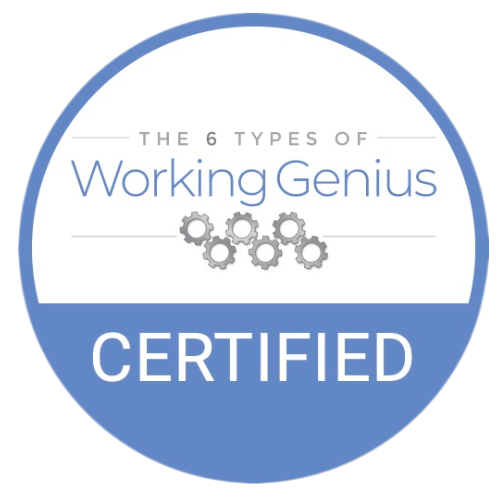The Gallup organization regularly surveys employee engagement, and what they found in a recent survey (2023) was somewhat alarming. The employee engagement rate sat at its lowest point in 10 years: 33%. Put simply and starkly only one in three employees surveyed felt engaged in their work.
Your engagement rate may be higher, possibly even lower, but this survey finding is indicative of a steady decline in employee engagement in recent years. Factors contributing to this noteworthy and concerning decline include: 1) a younger Gen Z workforce who typically feels less connected to a business’s culture, and 2) workers who are called to the office 5 days a week who know their jobs could be done remotely.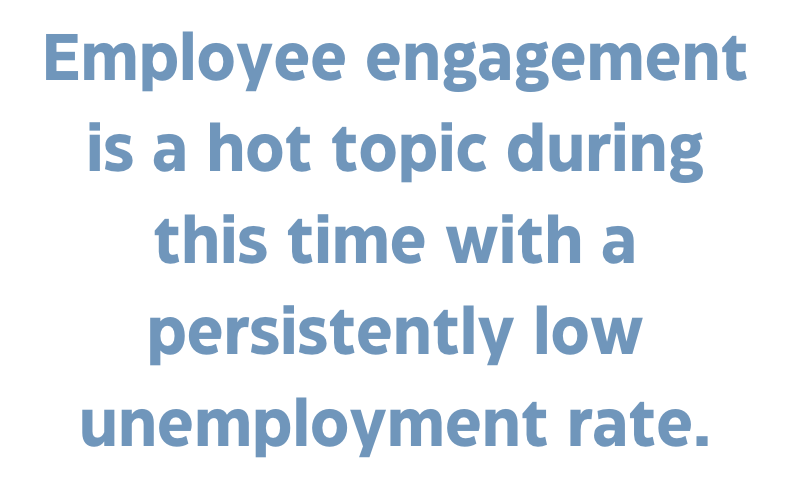
With this problem so pervasive, what can you, as a manager, do to raise employee engagement in your organization and positively affect it over the long term? One effective methodology is the 6-step framework known by theacronym RAISED. This framework was devised right here. Let’s take a brief look at each element of this framework.
R: Relate
It’s important to relate to each employee on an individual level. If you’re a leader in a large organization this may not be feasible. However, such relating can happen at some level in that every person has a manager, every person has a co-worker, and most people are part of a team.
Every organization should make it an imperative for all people at every level to relate to someone in their midst regularly. Imagine the effect on the other person. Imagine how this effort will impact the culture. The more people feel they’re known, recognized, and respected as individuals, the more likely they are to be engaged in their work.
A: Align
It’s important to each person’s role with the organization’s culture and mission. This starts during the interview phase. When you’re interviewing someone, ensure that they’re more than a tactical fit, but also a cultural fit. Consider: Do they align with the values of the organization? Do they get excited about the mission of the organization? If they don’t then they may not be someone who will be engaged long term.
Once they’re hired, ensure they understand how they fit into the overall vision for where the company’s going and how they can contribute to the achievement of the organization’s mission. Through this alignment process, employees will feel more connected to the company’s culture. This seems to be especially important with younger workers who are working remotely. Watch our video on connecting a person’s work with the company vision to learn more about our thinking in this area.
I: Invest
Invest in your employees’ skill and character development by providing training, coaching, and mentoring. Through this kind of investment, employees feel the organization genuinely cares about them, is interested in developing them for future opportunities, and is making a real effort to help them learn and grow while on the job. Investing will also work to strengthen their sense of alignment and relatedness.
To really make this step in the framework work, set aside funds for people at all levels and for frontline employees who often don’t receive much more than what’s legally required and what’s necessary to get onboarded.
When a company shows they care about every employee’s development, this can support increasing levels of engagement.
S: Show
Show employees an upward career path. When people lack such a path forward, it often leads to disengagement and the increased likelihood that they’ll eventually move on, possibly to work for a competitor who does offer opportunities for career advancement. Let employees know from the start that you’re genuinely committed to their career growth and development.
As with the Invest step, this should be done for people at all levels. To be sure, people should be self-responsible and determined to chart their own career paths and work towards their goals. However, when managers don’t meet people halfway, it can be discouraging.
Be careful to share with your managers at all levels that this is a step your organization takes seriously and time and effort should be set aside to do the hard work of figuring out where jobs lead and what development is needed to get there. Then communicate it clearly and repeatedly so people get it and get enthusiastic about their path.
E: Extend Trust
Extend trust by giving employees autonomy to do their jobs with flexible arrangements and decision-making authority. People want trust from their superiors and their coworkers. And they also want that trust to extend to flexible work arrangements. So do whatever you can to instill trust, and a sense of autonomy, throughout your organization.
In the book, The Speed of Trust, by Stephen M. R. Covey, extending trust is one of the building blocks of trust that leaders can employ to positive effect. When one is trusted by others, it can support increasing levels of engagement and commitment.
D: Deliberately Acknowledge Contributions
Showing sincere appreciation for your employees’ efforts can significantly raise their feelings of engagement. When you acknowledge an employee’s contributions and you regularly praise them for real efforts and real achievement, they will feel it and appreciate it. As a result, their level of engagement will rise.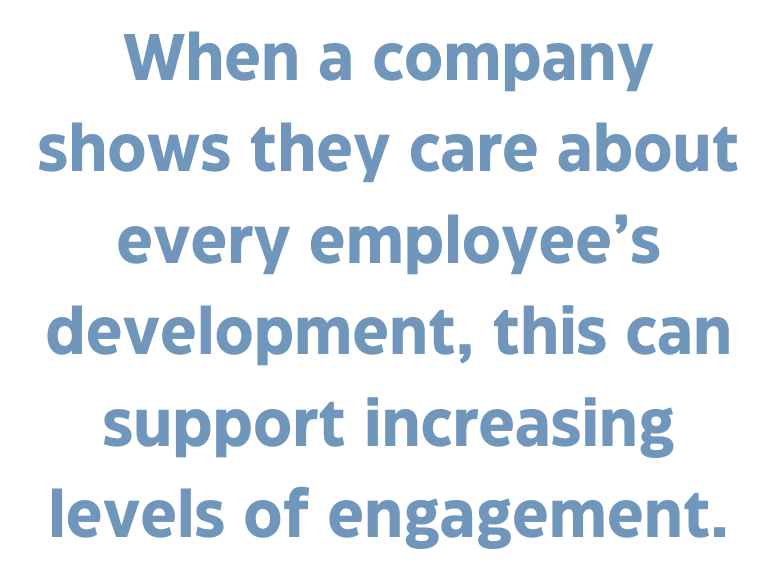
Why is it that so many leaders find this to be difficult? In our experience, leaders are often self-driven and fiercely determined to succeed. When they do, they don’t stop and look around for a pat on the back, they move on tothe next goal with that same determination and drive. This can often lead them to neglect to do for others what they themselves don’t need. When confronted with this reality, leaders often admit that they can see how acknowledging the efforts of others would undoubtedly be a positive experience for staff members.
Yes, you can deliberately work on raising employee engagement. This framework shows you how. Start with the step that is the most neglected within your organization, then add on other steps or reinforce them systematically to contribute to greater engagement within your organization. It’s a win either way and you yourself may find your own engagement level rising as a result.
••••
If you’d like to raise engagement at your organization following the RAISED framework, our individual and team coaching services can support you in doing so. Coaching can provide the sounding board you need to generate the best approach to each step, encouragement to stay the course since this is a long-term effort, and accountability to be the leader or team who models these behaviors for the rest of the organization to follow. Book a meeting time through our calendar or send a message via our contact form.
It’s clear that organizational culture and employee engagement are connected. Be sure to read this post to build upon what you’ve learned to further strengthen employee engagement: Leading by Example: How Leaders Can Shape Their Organizational Culture
Here are more resources related to this topic
Articles:
- 7 Effective Steps for Creating Employee Career Pathways
- Tips for handling difficult conversations with employees and colleagues
- How Business Leaders Can Inspire Performance in their Employees
Videos:
- 6 Steps to Raise Employee Engagement for Good!
- One Simple Way To Raise Employee Engagement
- The Truth About Employee Engagement and What to Do About It!
Guide:
- Download the guide below and download more guides here.
Photo copyright: Featured photo is from ©Fauxels via Pexels.
